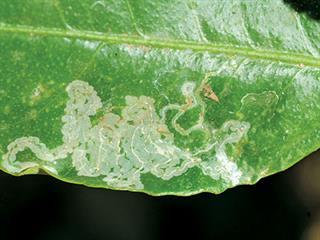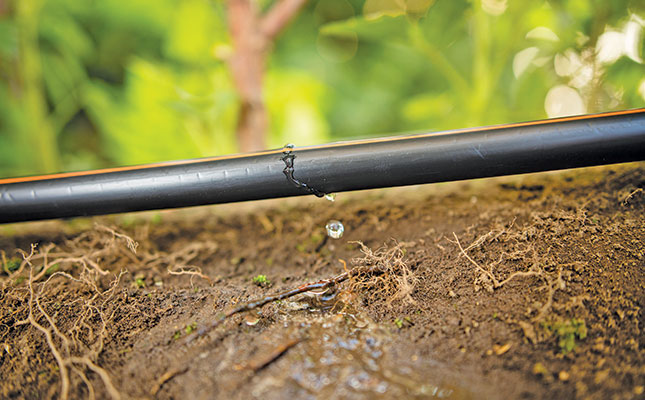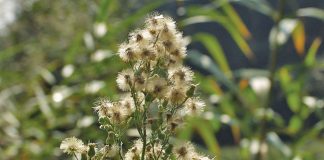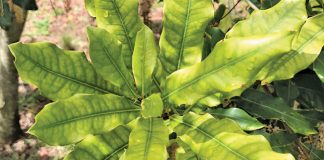
Description
The larvae burrow into leaves and eat the soft inner tissue, leaving white or brownish tunnels in the leaf. The tunnelling results in poor growth and reduced flower and fruit production. The larvae of some species chew through stems, seeds or roots. The leaf miner targets apples, beans, cabbage, citrus, coffee, cucumbers, onions, peas, peppers, potatoes, pumpkins, spinach, tomatoes and other plants.
Reproduction
The female lays a number of eggs, usually smaller than 1mm in diameter, in the tissue of the host plant. They hatch in about three days and take another week to grow into mature maggots. The maggots then leave the tunnels and pupate either on the leaf surface or in the soil below. Pupation takes about five days.
Control measures
Once the larvae have entered the leaf, control becomes difficult, as they are now protected by the plant itself. However, you still have a few options. At the first sign of leaf miner damage, traps can be used to ensnare the adults. The traps have pheromones that attract females looking for places to lay their eggs. Spread the traps around the crop.
Another method is to use companion planting. Here, ‘trap crops’ are used to draw the leaf miner away from the main crop. The type of trap crop will depend on the cash crop you want to protect. Trap crops are planted either around the periphery of the land, or interspersed within the crop itself.
Once signs of leaf miner are evident, treat the plant with a suitable insecticide. Systemic insecticides are better than contact types, as they are absorbed by the plant and kill the larva as it eats the leaf. Neem-based insecticides are more environmentally friendly and have been highly successful in the control of leaf-mining flies. Neem oil reduces the flies’ fertility, disrupts larval development and interferes with egg-laying.
The organic insecticide Spinosad has been equally successful. Based on a compound found in Saccharopolyspora spinosa bacteria, it is used to control a wide range of pests. It kills both on contact and ingestion. As the larvae of some species fall from the leaves to pupate in the ground, it is a good idea to treat the area around the tree or crop.
Please note: this series is intended primarily as a guide to identifying pests. For help with area- or crop-specific measures, please consult your agricultural extension officer. Paul Donovan advises farmers on the best ways to control crop pests.













